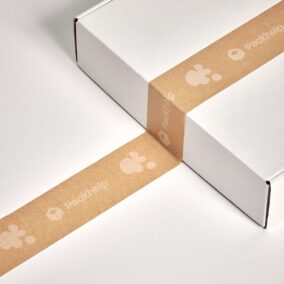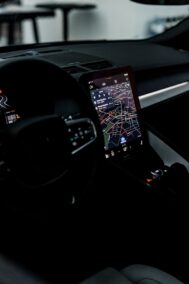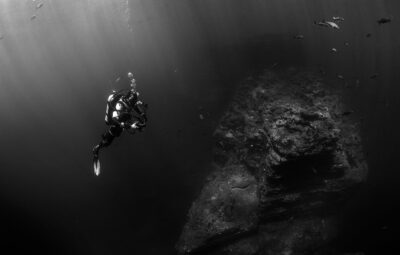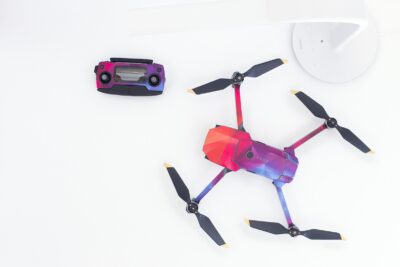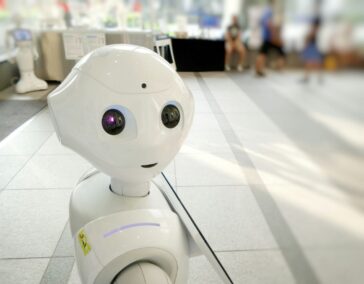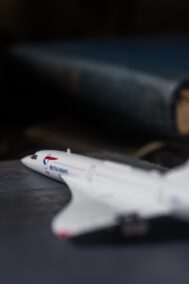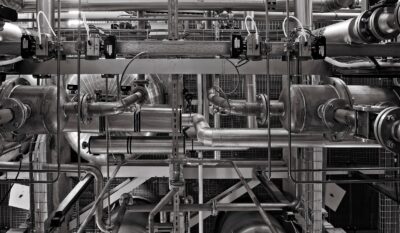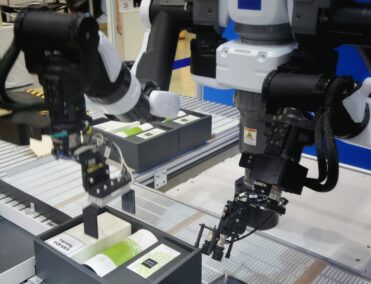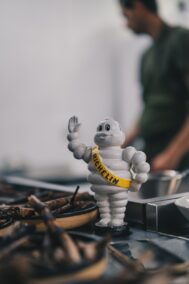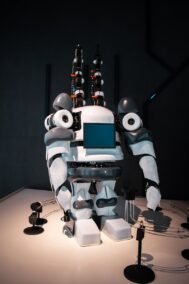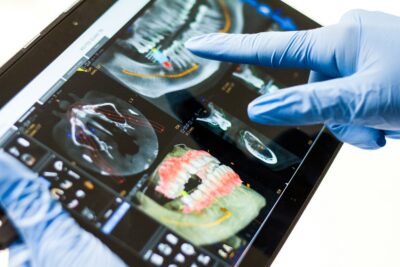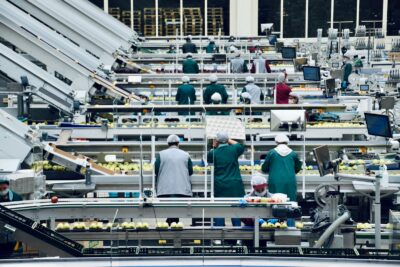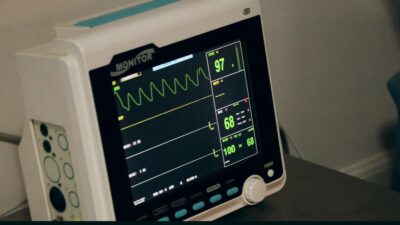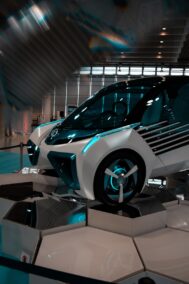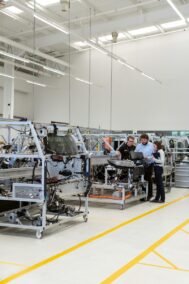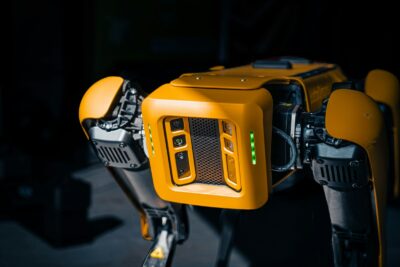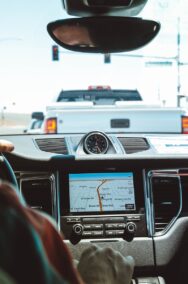Revolutionizing Automotive Manufacturing with Robotic Painting Systems
Introduction to Robotic Painting Systems
In the realm of automotive production, robotic painting systems have emerged as indispensable tools for achieving precision, efficiency, and quality in the painting process. These advanced systems leverage cutting-edge robotics technology to automate the painting of vehicle components, revolutionizing the way cars are manufactured. In both Saudi Arabia and the UAE, where the automotive industry plays a significant role in economic development, the adoption of robotic painting systems is driving innovation and reshaping manufacturing practices.
Robotic painting systems offer numerous advantages over traditional manual painting methods. By replacing human painters with robots, manufacturers can ensure consistent coating thickness, uniformity, and finish quality across thousands of vehicles, resulting in higher customer satisfaction and brand reputation. Additionally, robotic systems can operate continuously without fatigue or error, leading to increased productivity and throughput in automotive assembly plants.
Furthermore, the precision and accuracy of robotic painting systems enable manufacturers to minimize paint wastage and environmental impact. These systems can optimize paint usage by applying coatings with minimal overspray, reducing material consumption and emissions. This aligns with the sustainability goals of both Saudi Arabia and the UAE, where there is a growing emphasis on environmental stewardship and resource efficiency in industrial operations.
Enhancing Efficiency and Quality in Automotive Manufacturing
The adoption of robotic painting systems in automotive manufacturing is synonymous with advancements in efficiency and quality. Unlike manual painting, which is prone to variations in technique and skill level, robotic systems deliver consistent results with unparalleled precision. This consistency not only ensures uniform paint coverage but also minimizes defects such as drips, runs, and orange peel, which can compromise the aesthetic appeal of vehicles.
Moreover, robotic painting systems can adapt to a wide range of vehicle shapes, sizes, and configurations, thanks to their flexibility and programmability. Whether painting car bodies, doors, fenders, or other components, these systems can adjust spraying parameters on the fly to accommodate different geometries and contours. This versatility enables manufacturers to achieve optimal paint coverage and adhesion, even on complex surfaces, enhancing the durability and longevity of automotive finishes.
In addition to improving efficiency and quality, robotic painting systems contribute to a safer working environment for automotive factory workers. By automating hazardous tasks such as paint spraying and solvent handling, these systems reduce the risk of occupational exposure to harmful chemicals and fumes. This prioritization of worker safety aligns with the commitment of both Saudi Arabia and the UAE to promoting workplace health and wellbeing across industries.
The Future of Automotive Painting Technology
As automotive manufacturing continues to evolve, the future of robotic painting systems holds exciting possibilities for innovation and advancement. With ongoing developments in robotics, artificial intelligence, and materials science, these systems are poised to become even more efficient, flexible, and environmentally friendly. Manufacturers in Saudi Arabia, the UAE, and beyond are investing in research and development to push the boundaries of automotive painting technology.
One of the key trends shaping the future of robotic painting systems is the integration of AI-driven quality control mechanisms. By incorporating machine learning algorithms, these systems can analyze paint application data in real-time, detecting and correcting defects before they escalate. This proactive approach to quality assurance not only improves the overall finish quality but also reduces rework and waste, leading to cost savings and operational efficiencies.
Furthermore, advancements in paint formulation and delivery systems are enhancing the sustainability of automotive painting processes. Eco-friendly coatings with lower VOC emissions are being developed, reducing the environmental footprint of vehicle production. Additionally, innovative paint application techniques, such as electrostatic and powder coating, are gaining traction for their efficiency and material savings. These developments underscore the commitment of automotive manufacturers to sustainable practices and responsible stewardship of resources.
Conclusion
In conclusion, robotic painting systems are revolutionizing the automotive manufacturing industry, offering unparalleled efficiency, quality, and sustainability in the painting process. From assembly plants in Saudi Arabia to production facilities in the UAE, these advanced systems are driving innovation and reshaping the way cars are built. As technology continues to evolve, the future of automotive painting holds promise for even greater advancements, with AI, robotics, and materials science at the forefront of innovation.
By embracing robotic painting systems, automotive manufacturers can enhance their competitiveness, improve product quality, and contribute to a greener, more sustainable future. The journey towards automation and efficiency in automotive production is well underway, with robotic painting leading the charge towards a brighter, more innovative tomorrow.
#RoboticPainting #AutomotiveManufacturing #IndustrialAutomation #Sustainability #SaudiArabia #UAE #Riyadh #Dubai #PaintingTechnology #Innovation


